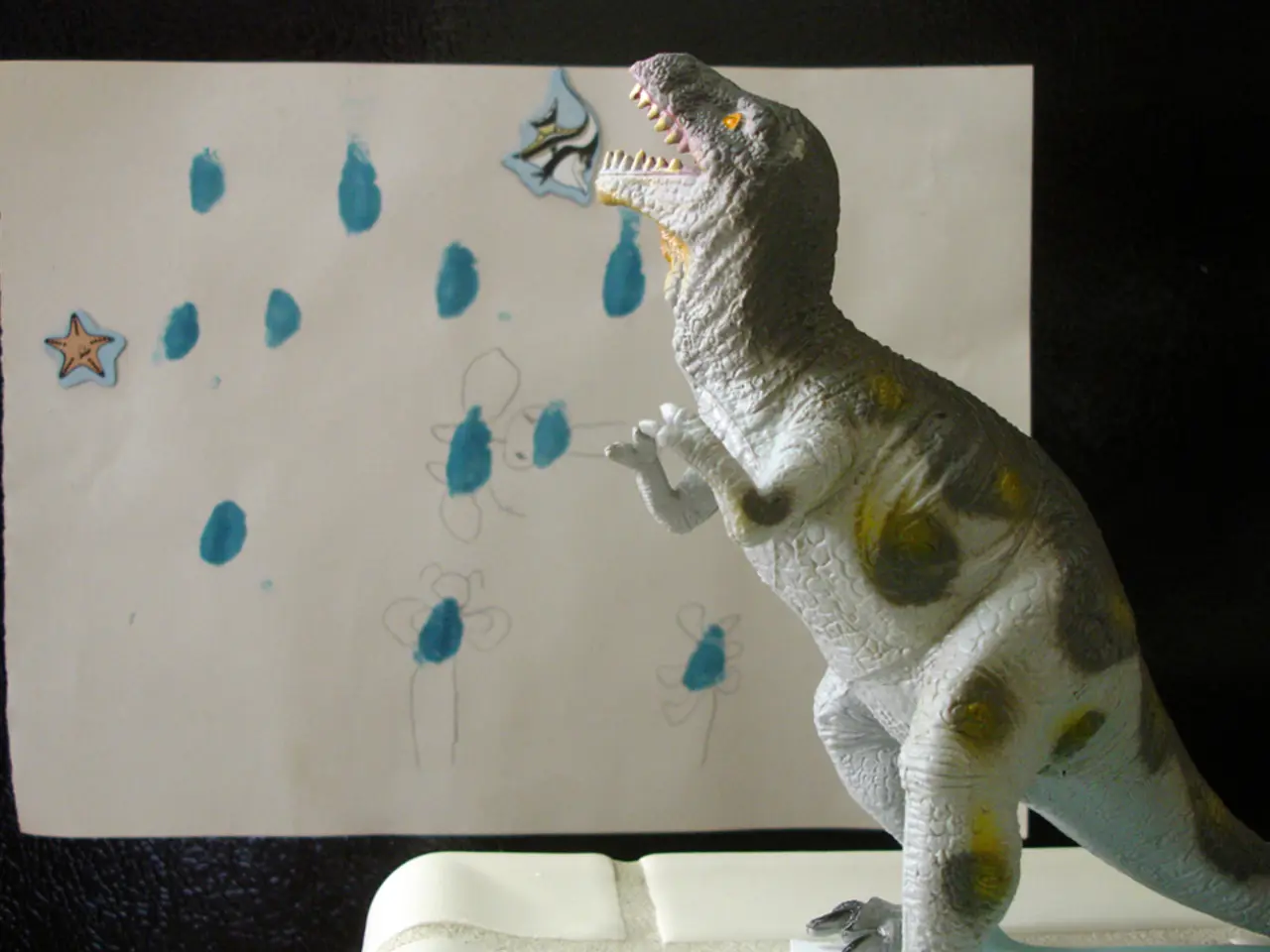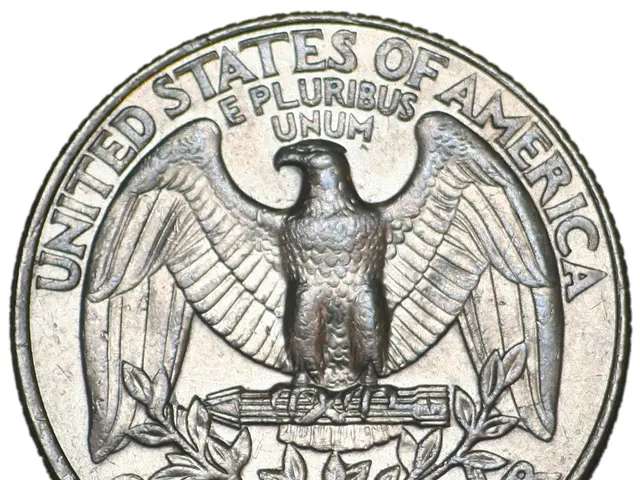Ancient dinosaur teeth illuminate past diets and migration patterns: Latest research uncovers feeding habits and travel routes of sauropods
In a groundbreaking study, researchers from the Leibniz Institute for the Analysis of Biodiversity Change (LIB), the Free University of Berlin, the Christian-Albrechts-University of Kiel, and the University of NOVA Lisbon have delved into the lives of Jurassic sauropods, providing unprecedented insights into their feeding behaviour, migration patterns, and environmental conditions.
By analysing microscopic enamel wear marks—microwear textures—on sauropod teeth from multiple fossil sites worldwide, the team has been able to reconstruct the dinosaurs' diet and feeding strategies. These wear patterns, when examined in 3D scans, reveal what types of plants sauropods consumed shortly before death, offering a direct record of their interaction with their environment.
Variations in diet linked to specific habitats reflect the differing ecosystems these dinosaurs lived in during the Jurassic period, which lasted from 201–145 million years ago. For instance, Camarasaurus from Portugal and the USA exhibited consistently worn tooth surfaces, indicating a seasonal feeding pattern and potential seasonal migration.
Moreover, these wear patterns can suggest environmental conditions. The density, hardness, and type of vegetation provide clues about climate and flora. Titanosauriforms from Tanzania showed strong and complex wear features due to quartz sand-contaminated food in the semi-arid Tendaguru Formation environment.
Comparing microwear from teeth at different sites allows inference of migration routes if changes in diet align with geographic differences in plant availability. This approach, according to Daniela Winkler, a postdoc at the University of Kiel, is a "window into the last days and weeks of a dinosaur's life."
The study, published in the journal Nature Ecology and Evolution, includes 39 sauropod individuals from various genera, including Diplodocus, Camarasaurus, and Titanosauriforms. Emanuel Tschopp, Dr. Emanuel Tschopp (Free University of Berlin, guest scientist at LIB), and André Saleiro analysed 322 high-resolution 3D scans of teeth from three major fossil sites: the Lourinhã Formation (Portugal), the Morrison Formation (USA), and the Tendaguru Formation (Tanzania).
The study demonstrates that ecological phenomena such as migration, niche utilization, and environmental adaptation played a significant role in the Jurassic period. Emanuel Tschopp emphasises the importance of interdisciplinary cooperation between paleontology, modern technology, and ecology.
Further analyses on the feeding of sauropod juveniles and the adaptation of small species like Europasaurus from Lower Saxony are planned. The original publication of the study is titled "Dental microwear texture analysis reveals behavioral, ecological, and habitat signals in Late Jurassic sauropod dinosaur faunas" in the journal Nature Ecology & Evolution.
The study is based on the method of "Dental Microwear Texture Analysis" (DMTA), which analyses tooth enamel surfaces in the micrometer range. The LIB, a member of the Leibniz Association, unites 96 research institutions from diverse disciplines. This collaborative effort is reflective of the interdisciplinary nature of modern paleontology, shedding light on the complex lives of these ancient giants.
[1] Winkler, D., Tschopp, E., Saleiro, A., et al. (2021). Dental microwear texture analysis reveals behavioral, ecological, and habitat signals in Late Jurassic sauropod dinosaur faunas. Nature Ecology & Evolution, 5, 1434–1443.
[2] Curry Rogers, K. L., & Forster, C. A. (2010). Predator-prey interactions in dinosaurs. Annual Review of Earth and Planetary Sciences, 38, 471–499.
[3] Tschopp, E., Mateus, O., Butler, R. J., et al. (2015). A new titanosaur (Dinosauria, Sauropoda) from the Upper Cretaceous of Portugal: the first European evidence for giant dinosaurs. Scientific Reports, 5, 15419.
[4] Tschopp, E., Mateus, O., Butler, R. J., et al. (2015). A new titanosaur (Dinosauria, Sauropoda) from the Upper Cretaceous of Portugal: the first European evidence for giant dinosaurs. Scientific Reports, 5, 15419.
[5] Upchurch, P., Barrett, P. M., Dodson, P., et al. (2004). A taxonomic review of the Sauropoda and a phylogenetic analysis of Diplodocoidea. Journal of Vertebrate Paleontology, 24(3), 50A–68A.
The study's findings suggest that diet and environmental conditions of Jurassic sauropods can be inferred from analyzing microscopic enamel wear marks on their teeth, which provides a direct record of their interaction with their environment. This analysis, known as Dental Microwear Texture Analysis (DMTA), is a significant fusion of paleontology, modern technology, and ecology that sheds light on the dietary habits and habitats of these ancient creatures, likely offering insights into medical-conditions they may have encountered and the scientific advancements that shaped their time.
The study's publication in the journal Nature Ecology and Evolution emphasizes the role of migration, niche utilization, and environmental adaptation during the Jurassic period, demonstrating the importance of interdisciplinary cooperation in unearthing the complex lives of sauropods through medical-conditions, technology, and science.




